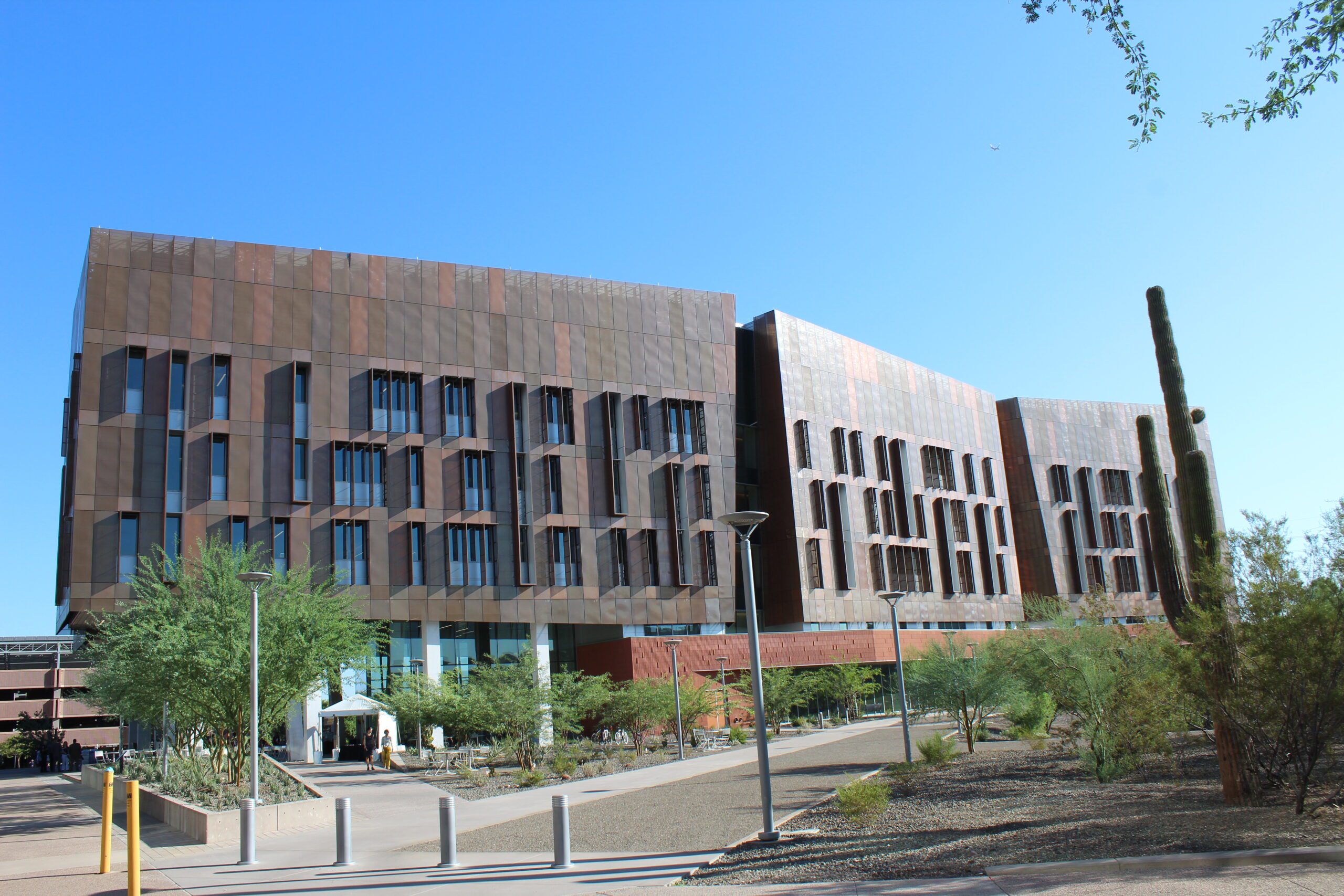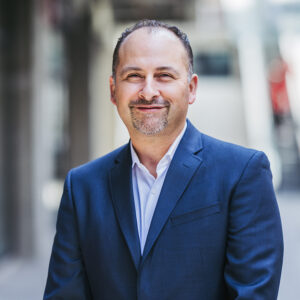Let’s talk about colliding electrons!
The ASU Biodesign Institute C is a state of the art laboratory that will house the world’s first Compact X-Ray Free-Electron Laser (XFEL). An XFEL is a type of particle accelerator which means it is essentially a highly specialized “x-ray machine” that operates at the molecular scale. Particle accelerators give scientists the ability to observe extremely small things such as cells and viruses.
So why is the XFEL that will be at ASU special?
It is special because currently there are only a few advanced particle accelerators in the world. There is one at Stanford and one at MIT. The restrictions associated with transporting dangerous viruses make it difficult to do research with the few particle accelerators that currently exist in the US. Furthermore, these particle accelerators are 1 to 2 miles long and cost $100 million a year to operate. The XFEL proposed for the Biodesign Institute C will be 20 feet long! It is being developed by Dr. William Graves. Dr. Graves is a leading scientist ASU hired in 2015 from MIT and Brookhaven National Lab whose main research interest is in particle accelerators and is working on the development of the XFEL.
Other potential applications of the compact XFEL include the ability to view the structure of molecules and proteins in photosynthesis, art and artifacts and pharmaceutical drug discovery. The goal of the ASU team is to produce “molecular movies” by capturing images from short X ray pulses. These movies would be image captures at a rate of millions of frames per second (fps). Industry standard for movies is 24 to 48 fps. Filming a bullet traveling through air requires about 5,000 fps. Researchers say they want to see how the molecules move and change their shape and perform their biological function at the atomic level. Dr. John Spence, professor of physics at ASU, said the following on the application of XFEL technology to structural biology… “We imagine that electrons are the glue that hold atoms together. And we’d like to see that glue drying.”
So how did KPFF contribute to making this state of the art facility happen?
KPFF worked with long time partners ZGF architects and McCarthy Builders to design and construct the Biodesign Institute C, a 5-story (plus basement), 190,000 SF laboratory. The structure is a reinforced concrete flat slab and shear wall building with extremely stringent performance criteria for design excellence, technological integration, and vibration. The compact XFEL will be housed in a vault with 4’-0” thick concrete walls and multiple layers of steel and lead to protect from radiation. There are two such labs in the basement. The building is targeting LEED Platinum with an energy savings goal of more than 40% when compared to other existing laboratories on the campus. The project celebrated its grand opening in September 2018 and has been awarded the ENR Southwest 2018 Best Project – Higher Education/Research.
During a tour at the grand opening, Dr. Graves explained to us that the first components of the laser will soon be shipped from MIT to ASU. In an interview, Dr. Graves told the ASU newspaper, “I came to ASU from MIT to build this laser.” I look forward to the news of the world’s first Compact XFEL being completed in this building.
The videos below provide a much better explanation.
https://www.youtube.com/watch?v=AsSEDgjeFcE&feature=youtu.be


